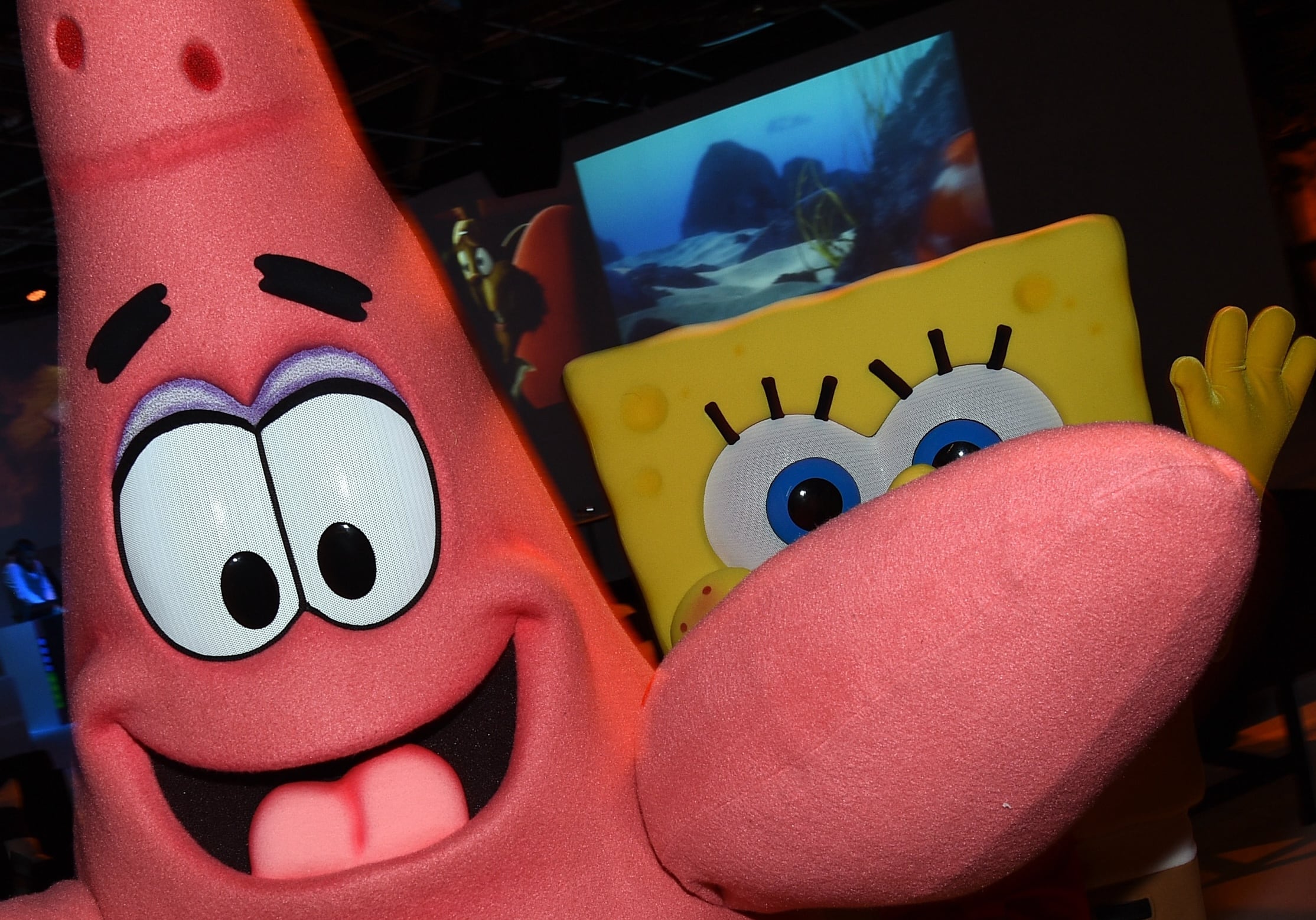Junior enlisted service members often bemoan the chasmic disconnect between commanders and those under their charge.
There’s the obvious nature of the work, the motivation — faux or otherwise — for performing such duties and the fiscal rewards that arrive as incentive. To one trudging through a first enlistment, the demographics may as well reside in different galaxies.
Of course, no building more symbolically represents that rank structure divorce than the Pentagon, the military’s ivory tower from which decision makers lord over the collective groans of a vast domain of Pfc. Schmuckatellis.
And yet, it is in that steel, reinforced concrete, and limestone edifice that a unifying painting hangs, not of a battle or hero whose name echoes throughout military lore, but one that affords a rare glimpse into ground so common that it can bridge even the greatest void.
On the wall of the Pentagon’s D ring, 10th corridor, fifth floor, is a painting by longtime military artist Harley Copic titled “Hide Your Head in the Sand.” Its subject matter? None other than a camo netting-covered Porta-John in Iraq.
Within a forward-deployed Porta-John’s steamy confines, the scalding stillness of which can make an exterior 125-degree Iraq afternoon feel, at least momentarily upon exiting, like a fall evening in Montana, rank counts for nothing.
It is the ultimate weight loss program. A haven of unrivaled perspiration that simultaneously houses some of the military’s finest artwork, a collage of flamboyant scribbles that tell a chronological story of a John’s occupants.
It’s only fitting, then, that the Pentagon painting, though more eloquent than the doodles adorning the interior of its iconic subject, would serve as the tether that binds a Pentagon-based senior officer to junior enlisted subordinates.
“For me, the woodland camo netting represents the shattered assumptions of the military as a whole, while the sole Porta-John represents the shattered assumptions of the individual who joins the military for camaraderie but eventually finds only solitude,” Marine veteran and author B.A. Friedman tweeted. “The discarded magazine represents the alluring but ultimately shallow representations of the recruiter who convinces the individual to participate in collective debasement.”
Meaning springs eternal.
Harley Copic exited this world in 2021 at the age of 83, leaving behind hundreds of dazzling portraits of military aircraft and other equipment, many of which hang in the halls of the Pentagon, the Smithsonian National Air and Space Museum and the Air Force Museum.
“The best way to explain him is he was an artist all the way through,” Copic’s son Todd said in his obituary. “He was detail oriented. He knew what he wanted, and he would tell you what he wanted.”
Whether the renowned oil painter wanted to depict a subject capable of crossing any military aisle is unknown, but he succeeded nonetheless.
With our heads in the sand, “the violet smells to him as it doth to me.”
J.D. Simkins is the executive editor of Military Times and Defense News, and a Marine Corps veteran of the Iraq War.
Tags:
pentagon newsfunny military storiespentagon paintingsmilitary porta pottymilitary porta-johnporta-john humormilitary humorIn Other News















